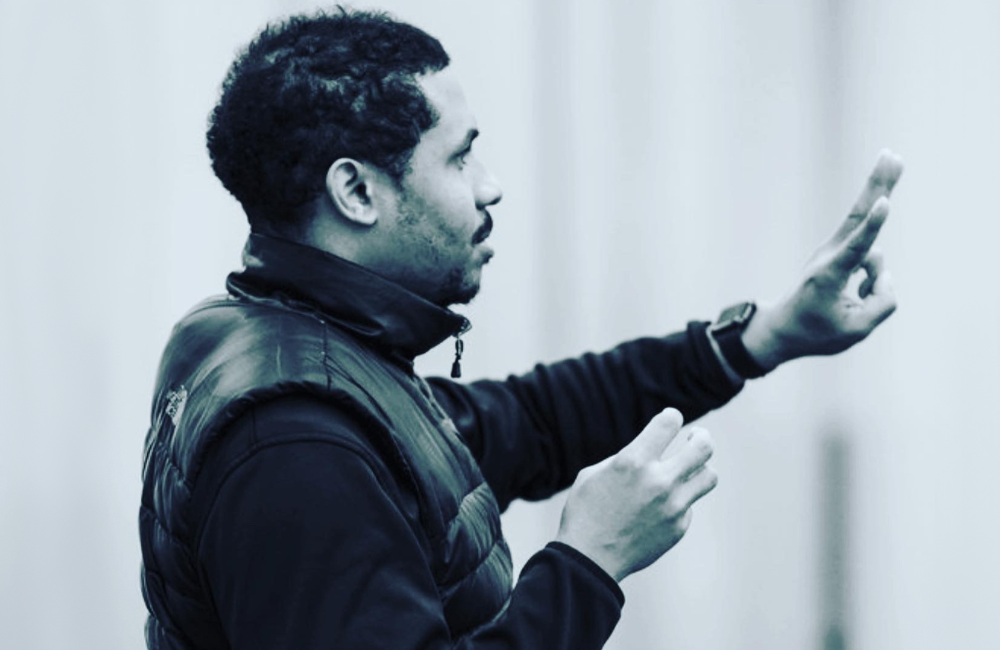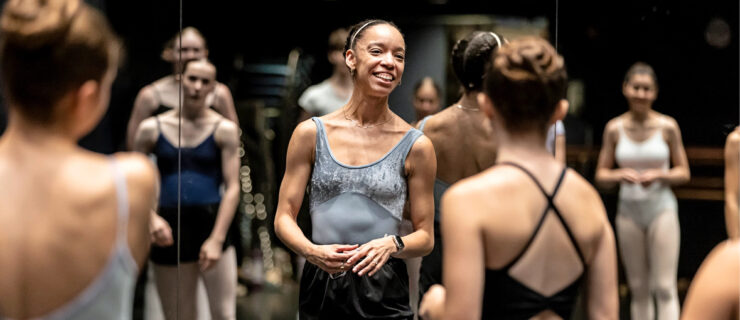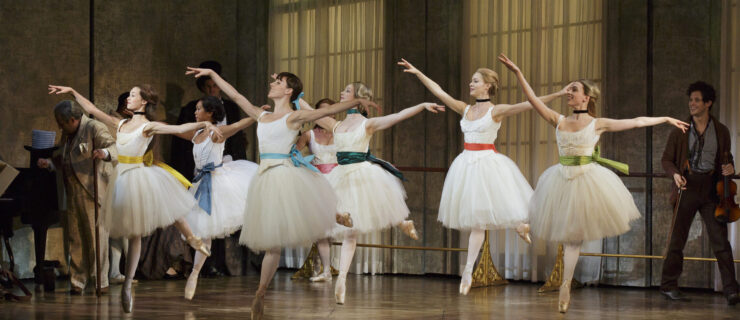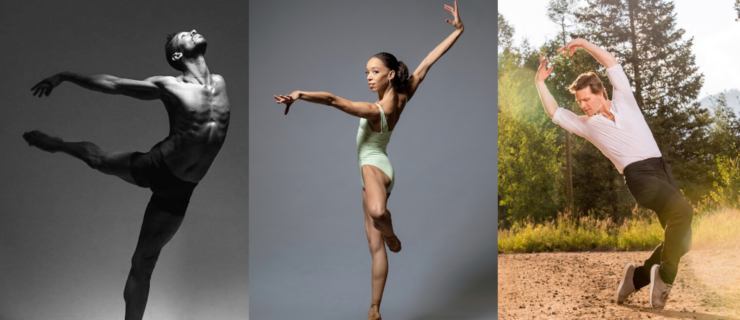Dayton Ballet Names Brandon Ragland as Its New Artistic Director
Dayton Performing Arts Alliance, which consists of Dayton Ballet, Dayton Opera, and Dayton Philharmonic Orchestra, announced today that former Louisville Ballet dancer Brandon Ragland has been appointed DPAA’s artistic director for Dayton Ballet and Dayton Ballet School. Ragland succeeds longtime company director Karen Russo Burke. He will begin on August 1.

Ragland, a native of Birmingham, Alabama, graduated from Butler University with a BS in Dance—Arts Administration in 2007. He was a company dancer with Alabama Ballet following graduation, then Louisville Ballet from 2010–23. He was also the pre-professional program manager for the Louisville Ballet School for five years and resident choreographer for the Louisville Ballet Youth Ensemble for 13.
“Brandon brings an immense amount of talent and experience to the Ballet and the Ballet School,” says Patrick Nugent, president and CEO of DPAA. “With his experience and gifts, he will lead the Dayton Ballet to great heights.”
Pointe spoke with the 38-year-old just after he was hired.
You just recently retired from Louisville Ballet; had you been actively looking for an artistic directorship?
Yes, I had been looking for artistic director or rehearsal director positions because I knew that leading a professional company was what I wanted for my career.
What in your career did you feel helped prepare you for being Dayton Ballet’s artistic director?
My years of not only being a dancer but a leader within the Louisville Ballet School has helped strengthen my skills as a manager. Overseeing the syllabus and managing faculty and guest artists has, in different ways, cultivated my skills to take that next step in becoming an artistic director.
Were you given any directives by DPAA on what they would like to see happen with Dayton Ballet going forward?
DPAA is big on collaboration. As a dancer and choreographer, collaborating across art forms has been a passion of mine. DPAA has a mission of making art accessible for everyone. What I like is that not only will I be cultivating dance audiences, but orchestra and opera audiences, as well. We perform together uniting all those audiences. It is a great model, and one I am very excited to be a part of.
Dayton Ballet was founded in 1937 and is the second-oldest regional ballet company in the U.S. How do you plan to honor that rich history while moving the company forward?
My goal and vision for the company is to bring in new choreographers and new works while continuing to uphold the classical ballet foundation that the company has. I want to look at reimagining classic story ballets to make them current for today’s audiences, along with making new classical narrative ballets that tell contemporary stories. I also have plans to engage more women of color to make works for the company.
What do you feel will be your biggest challenge going into this job?
One big challenge is that ballet organizations are still recovering from the pandemic. It is still difficult to get audiences to subscribe to seasons and physically be in the theater.
Will you prescribe a certain artistic style for Dayton’s dancers?
Not really. I like individuality. What I am looking for more in the dancers is openness and adaptability. In most American companies, you are doing everything from Balanchine ballets to dancing in tennis shoes and socks. The most successful artists are those who can adapt and be open to many styles.
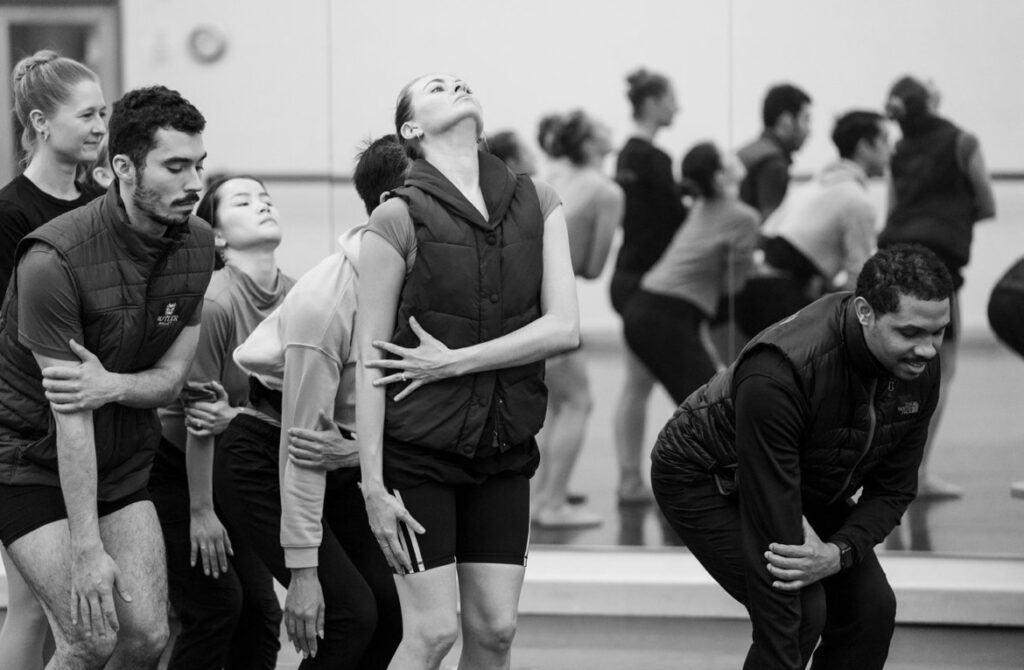
Dayton Ballet is an unranked company. Do you plan to keep it that way?
Yes. That was my experience as a dancer. I think for small to mid-sized regional companies, being unranked affords choreographers and dancers a little more freedom.
You are a choreographer, too. Do you see yourself creating works for the company?
Absolutely. It is another great part of this position, having the opportunity to be further stimulated as an artist.
Diversity, equity, inclusion, and accessibility are key factors in today’s dance world. Do you have any thoughts on what you might be doing at Dayton Ballet in those areas?
I want the company to be more diverse, and I want to grow it and Dayton Ballet II to be more reflective of the Dayton community as a whole. I can’t expect everyone to come to us. Creating equity in representation is going to mean me being active in the recruiting of diverse dance artists.
